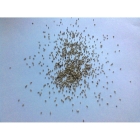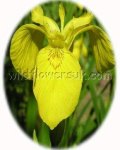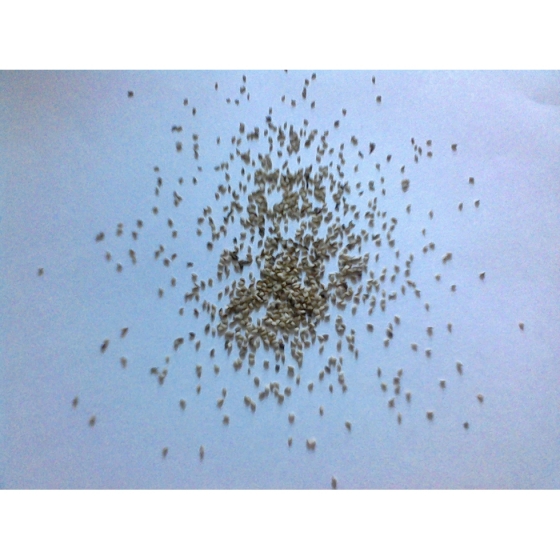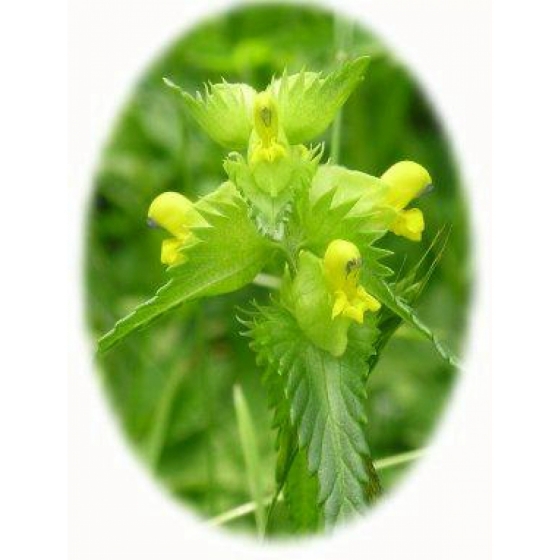 | ||
Red Bartsia –odontities vernus is a hemiparasitic species, and draws its nutrients through the roots of grasses. In this respect it is similar to Yellow Rattle and so can help suppress grass growth. However Red Bartsia is less readily available and almost certainly less effective than the latter. In the wild, Red Bartsia grows in field edges, roadsides and bare open ground. In gardens it could be included in a short flowering lawn. Red Bartsia is low growing and has pretty spikes of flowers that are purple-pink that attract bees. These flowers appear from June through to September. Red Bartsia looks best amongst alongside other low growing meadow plants such as Yellow Rattle, Birdsfoot trefoil, Harebells, and Selfheal. How to grow Red Bartsia from seed Growing techniques for Red Bartsia are similar to Yellow rattle and germination can be significantly improved by sowing between August and December. The preferred method is to sow directly outside, either into short meadow grass or with meadow grass seeds. Prepare areas of existing grass by cutting as low as possible and then rake or lightly scarify the ground so that good soil contact can be achieved. Sow at 0.1gram per sq. meter and lightly roll or trample following sowing, to firm the seeds into the ground. Germination can be expected the following spring. Being an annual it is important not to cut or graze meadows containing Red Bartsia until the following September when it will have set seed. Prior to spring sowings the seed should instead be placed in refrigeration and chilled for a period of about 6 weeks. To buy Red Bartsia seeds To purchase Red Bartsia seeds, please select a quantity above and click add to cart. To ensure the best chance of success, we sell all of our wildflower seeds by weight, which ensures each wildflower seed packet contains a good quantity of seeds. The recommended sowing rate for Red Bartsia seeds is approx 0.1- 1 gram per sq. metre. All of our Wildflower seed packets contain seeds of Native British provenance. Summary: type - annual, colour - Pink or Purple, height - 10 to 50 cms, flowering months - June, July, August, September, habitat - Dry Grassland (clay, loam), Bare, Open Ground (eg Arable field margins, disturbed, waste ground), Hemi-parasitic, suppresses grass growth, Attracts Bees | ||
Printed 17/12/2025 19:49:15
st141_1 type annual colour pink purple height 10 to 50 cms flowers june july august september habitat dry grassland clay loam open ground arable field margins disturbed waste ground hemi parasitic supresses grass growth bees



